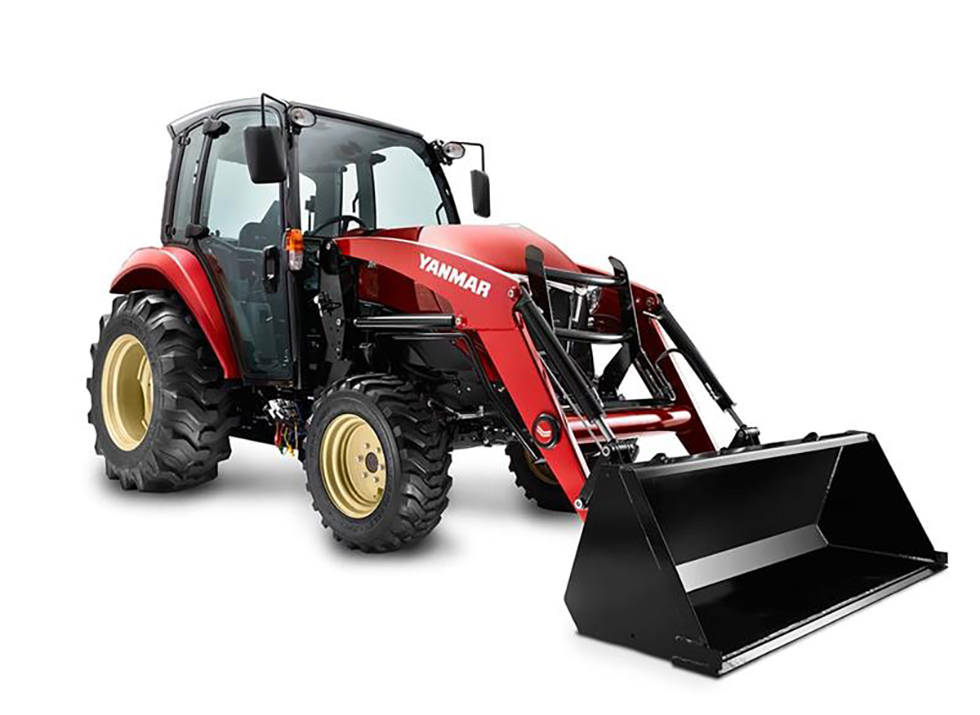Hay Dude
Epic Contributor
- Joined
- Aug 28, 2012
- Messages
- 25,578
- Location
- A Hay Field along the PA/DE border
- Tractor
- Challenger MT655E, Massey Ferguson 7495, Challenger MT555D, Challenger MT535B Krone 4x4 XC baler, 2-Kubota ZD1211’s, 2020 Ram 5500 Cummins 4x4, IH 7500 4x4 dump truck, Kaufman 35’ tandem 19 ton trailer, Deere CX-15, Pottinger Hay mower, NH wheel rak
Actually, most modern large farm tractors are now CVT’s.in the case of a hydro shuttle vs shuttle shift on a geared tractor, the former is clearly superior. re: gear vs hst wars, it's meaningless to attribute a better or worse scenario,
this is a compact/sub forum, of course hst prevails among members
there is a very good reason why larger utility M series tractors are gear. the hyd shuttle gear is icing on the cake. to say one system is better than the other is naive & meaningless
Powershifts are declining with each passing year.
